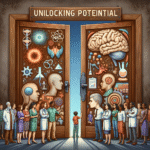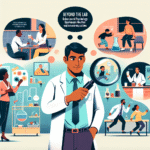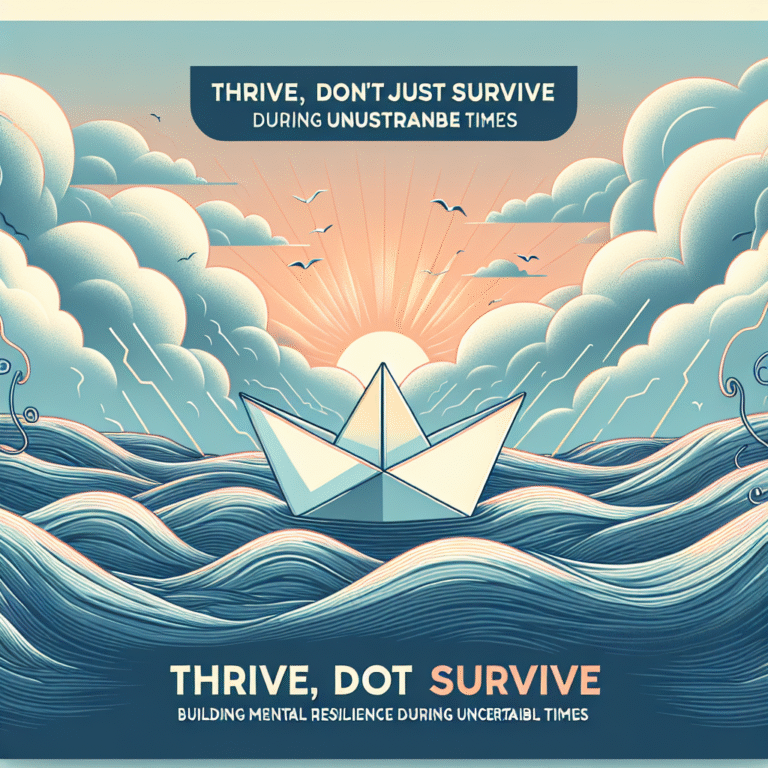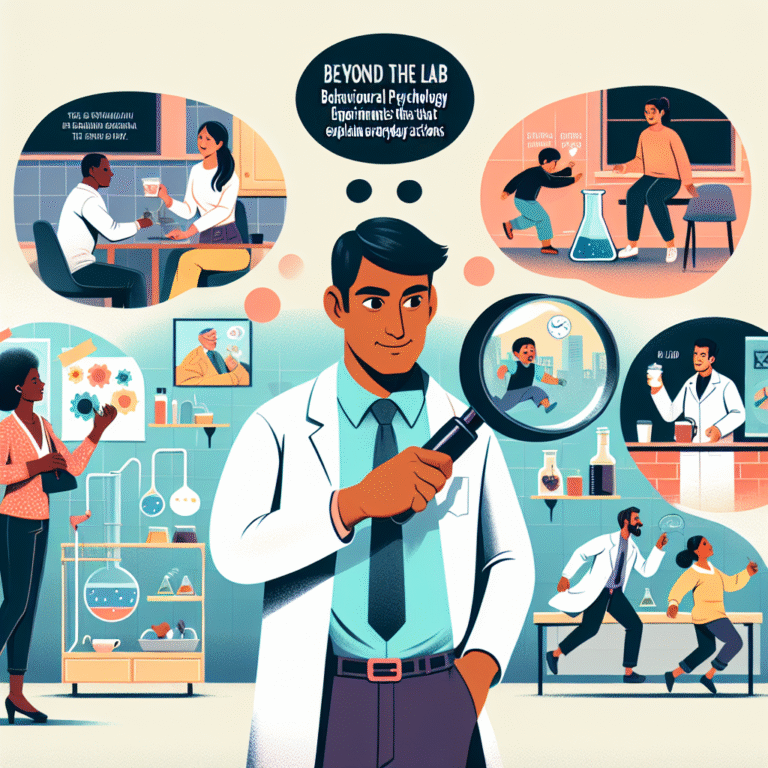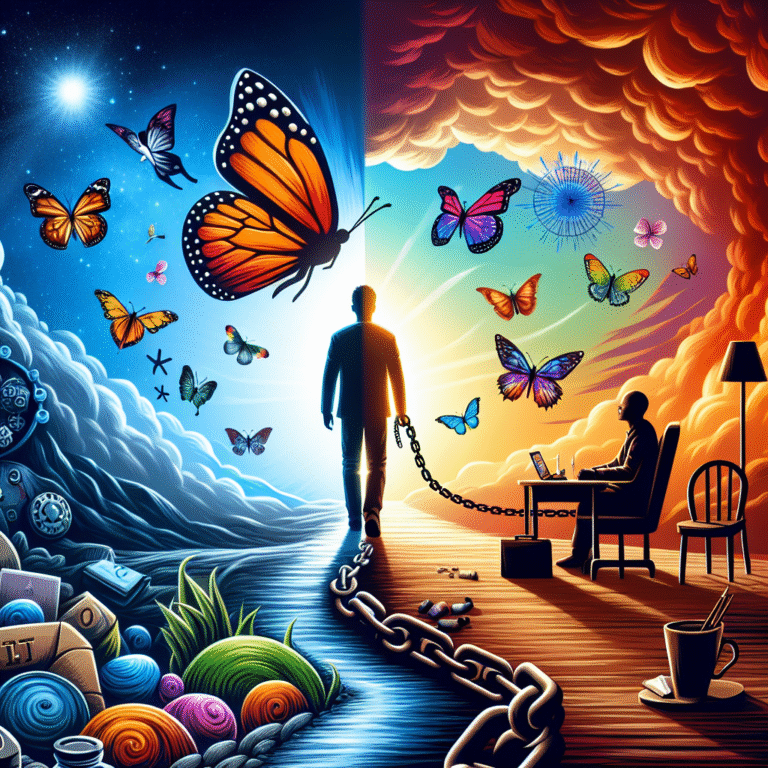Breaking Down Bias: The Essential Role of Behavioral Psychology in Social Justice
Introduction
In a world rich with diversity, social justice has become an urgent and vital conversation. Every day, biases—both conscious and subconscious—shape our interactions, decisions, and societal structures. Breaking down bias is not merely a personal obligation; it’s a collective mission that demands attention. At the heart of this mission lies an often-overlooked discipline: behavioral psychology. This field offers profound insights into human behavior, equipping us with tools to dismantle biases and promote social equity.
As we delve into Breaking Down Bias: The Role of Behavioral Psychology in Social Justice, we’ll explore how understanding our psychological frameworks can facilitate genuine change. We will examine case studies, analyze strategies rooted in behavioral psychology, and reveal actionable steps to create a more equitable society.
Understanding Bias
What is Bias?
Bias refers to our tendency to favor one group over another, often leading to prejudiced thoughts or actions. These biases can be explicit (conscious and deliberate) or implicit (automatic and unconscious). Implicit biases often operate below our conscious awareness, affecting decision-making processes in ways we might not even realize.
The Psychological Roots of Bias
Behavioral psychology explores why biases develop. Factors such as cultural upbringing, societal norms, and personal experiences contribute to shaping our perceptions. Cognitive dissonance, a key concept in this field, explains the discomfort we feel when confronted with information that contradicts our existing beliefs. This discomfort often leads to defensive responses that maintain our biases, making change challenging.
The Framework of Behavioral Psychology
Key Concepts in Behavioral Psychology
Understanding the following concepts can illuminate how behavioral psychology informs our approach to social justice:
-
Cognitive Dissonance: The mental conflict that occurs when beliefs and behaviors aren’t aligned. This can lead individuals to rationalize or ignore evidence that contradicts their existing beliefs.
-
Social Norms: These unwritten rules govern behavior in a group context. Understanding social norms can help reshape perceptions and reduce biases.
- Conditioning: Learning through association can make certain biases seem ‘natural’ because we have been conditioned to respond in particular ways.
The Role of Behavioral Interventions
Behavioral interventions utilize insights from psychology to encourage positive changes. These methods can disrupt existing biases by reframing perceptions, providing critical feedback, and fostering empathy.
Case Studies in Action
Case Study 1: Implicit Bias Training in the Workplace
Organizations such as Google have implemented implicit bias training programs. These workshops are designed to illuminate preconceived notions and facilitate conscious acknowledgment.
Analysis: The success of these programs in decreasing discriminatory practices demonstrates how understanding our biases can lead to a more inclusive work environment.
Case Study 2: The Black Lives Matter Movement
The Black Lives Matter movement effectively utilizes social media and community engagement to expose systemic biases within policing and justice systems.
Analysis: By leveraging psychological principles of collective action and social norms, the movement encourages individuals to confront their biases and promote meaningful dialogue.
Case Study 3: Behavioral Insights Team in the UK
The UK’s Behavioral Insights Team, or "Nudge Unit," implements small changes to influence public behavior positively without limiting choices.
Analysis: Techniques such as modifying language in public health campaigns demonstrate that small adjustments can lead to significant shifts in societal attitudes.
Strategies for Breaking Down Bias
Encouraging Self-Reflection
To combat bias, we must first tackle it within ourselves. Self-reflection helps individuals recognize their preconceived notions, facilitating personal growth and understanding.
Creating Diverse Environments
Diversity in teams and communities fosters exposure to different perspectives, which can challenge existing biases. Initiatives that promote inclusivity are essential in this fight.
Implementing Policy Changes
Institutional biases often perpetuate inequality. Advocating for policy changes that address systemic biases can lead to broader societal shifts.
Tables and Charts
Table 1: Effects of Implicit Bias Training
| Training Duration | Pre-Training Bias Score | Post-Training Bias Score | Change (%) |
|---|---|---|---|
| 1 Hour | 70 | 50 | -28.57% |
| 4 Hours | 68 | 40 | -41.18% |
| 8 Hours | 75 | 30 | -60.00% |
Chart 1: Public Perception of Diversity Initiatives
Conclusion
Breaking Down Bias: The Role of Behavioral Psychology in Social Justice provides both a compelling framework for understanding biases and actionable steps for dismantling them. As we confront biases in our lives—whether personal, social, or institutional—we empower ourselves and others to create a more equitable world.
Embracing insights from behavioral psychology can transform not only individual perspectives but also societal structures. Together, we can choose awareness over ignorance, empathy over apathy, ultimately cultivating justice.
FAQs
1. What is the difference between explicit and implicit bias?
Explicit bias is when individuals consciously express prejudiced beliefs, while implicit bias operates unconsciously, influencing actions and decisions without awareness.
2. How can individuals combat their own biases?
Self-reflection, education, and engagement with diverse perspectives are essential steps for individuals to confront and mitigate their biases.
3. Are implicit bias training programs effective?
Research indicates that when done correctly, implicit bias training can reduce prejudiced behaviors and enhance awareness.
4. What role do social norms play in perpetuating bias?
Social norms often dictate acceptable behavior, reinforcing biases if discriminatory attitudes remain unchallenged.
5. How can policy changes help in breaking down systemic biases?
Policy changes can address structural inequalities by promoting equity and inclusion, leading to a societal shift in attitudes and behaviors.
By understanding and embracing methods rooted in behavioral psychology, we unlock doors to change—moving toward a future that prioritizes social justice for all. Together, let’s commit to Breaking Down Bias and fostering a just society.


